#FightForWhatCounts
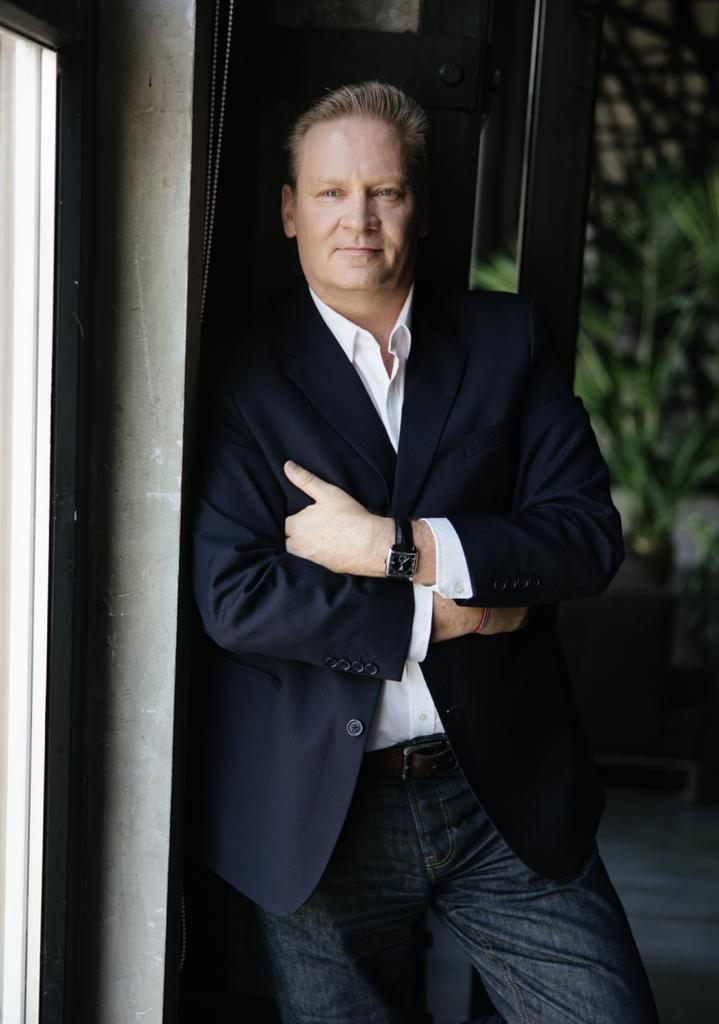
CEO, Vestergaard
JOHANNESBURG, South Africa, 22 April 2022 -/African Media Agency(AMA)/- 25th April 2022: World Malaria Day provides us with a moment to reflect on the scale of the challenge we still face – and recognise what needs to happen to fix it.
Join our WhatsApp ChannelMake no mistake, great strides have been made. El Salvador and China were certified malaria free in 2021. However, most countries with a high burden of the disease have suffered setback and are losing ground.
How can we be satisfied, when 627,000 people died in 2021, from what is a curable disease? More than two thirds of those deaths were among children under the age of 5 living in the African Region.
This human tragedy, devastating millions of families, is impossible to comprehend. But the socio-economic impact however is calculable, and it is immense.
The global response to the COVID crisis proved that when the global economy is threatened, we can summon the power to overcome a disease which emerged almost overnight. So, why can’t we solve, rather than manage, a curable disease that we have lived with for far too long?
Simply, it requires us to strain every sinew in our collective global health-body, to move in the same direction, at scale.
So, what is stopping us?
We have tackled the low hanging fruit. The strategy and tactics we employed to get us this far will not serve to meet the WHO goal to reduce, by 90%, the global malaria incidence and mortality rates by 2030.
The WHO has clearly stated that it will require new approaches and greatly intensified efforts, aided by new tools and the better implementation of existing ones. Stepped-up investment is also essential.
So how is that going to happen?
The WHO, working with its partners, has done a fantastic job, figuring out how to marshal billions of dollars in unified ways, to a deliver an agreed strategy. It has developed one regulatory framework across a multitude of countries and eliminated masses of bureaucracy. Even though incident rates may not have reduced, death rates have reduced a lot. That means patients are being diagnosed quicker, treated quicker and treated successfully.
It doesn’t change the reality, though. The disease remains resilient and concentrated in a specific group of countries. We face many headwinds – climate change, vector resistance to the early class of insecticides, to name two. We need innovation to get ahead of these trends.
And despite the introduction of new interventions such as vaccines and seasonal malaria chemoprevention, mosquito nets will remain a core intervention to save lives until elimination.
Three hundred million people sleep under Vestergaard bed nets every night. What motivates us, is we can see direct relationship between our product and saving lives.
The bed net, probably, is the most cost-effective public health device that ever existed.
When a community is equipped with effective insecticidal bed nets, it not only protects the individual family, but it also acts to decimate the vector population in that community.The goal of achieving universal coverage, however, has limits, because of the need to adapt the mix of tools deployed for maximum impact in diverse settings. It is a funding challenge – how do we achieve universal coverage while introducing more effective and therefore costly mosquito nets, while at the same time expanding the number of nets to keep pace with population growth?
It is also a logistical challenge: are mass campaign distributions, every 2-3 years, the best method to ensure equitable access for the populations that need it most?We now need all actors to work together to establish something that has so far eluded us – strategic supply collaboration; a partnership approach to planning, procurement and distribution of mosquito nets.
There is a good reason why every industry, from automotive, to pharma, has moved in this direction. It drives long term investment, accelerates innovation, delivers efficiency – and indeed, can deliver lower unit costs.
A singular focus on price reduction, does not incentivize capital investment and innovation. Conversely, long-term, strategic relationships build resilience of the supply chain, another lesson we learned from COVID.
The reality is, we cannot perform to our full potential in the current environment. Timescales (1-3 years of contract) are too short.
We must also recognize that the private sector in the arena is not homogenous – there are large corporations who contribute chemistry, mostly as a CSR initiative; opportunistic cost-driven suppliers – and ones like ourselves who are full innovation partners.
The leading private sector organizations are ready to invest, automate and innovate to reduce cost.
Vestergaard is uniquely positioned to deliver this innovation at scale because we have constantly challenged ourselves to go further to save lives. We began by simply dipping nets in insecticide to increase protection, through to the development of PermaNet® 2.0, the first long lasting insecticidal net (LLIN) to be deployed at scale in the early 2000’s. However, the disease does not stand still. Fast spreading mosquito resistance to pyrethroids demanded a response. Vestergaard led the successful large-scale deployment of piperonyl butoxide long-lasting insecticidal nets (PBO LLINs), specifically designed to protect against pyrethroid-resistant mosquitoes.
We will introduce our first dual active-ingredient net, PermaNet® Dual in the second half of 2022. The product will help serve a growing demand for dual AI nets.
However, sustaining innovation requires a strategic partnership with the customer – in this case, the funders. Beyond the New Nets Project, they need to define a new model to accelerate innovation and establish long term engagement with innovative suppliers with the goal to bring new nets to market in way that supports equitable access.
So, what would I like to see happen before World Malaria Day 2023?
Fundamentally, that we stop managing the disease and pull together to end malaria.
Distributed by African Media Agency (AMA) on behalf of Vestergaard.
Media Contact
Ayomide Ibironke
ayomide@africacommunicationsgroup.com
+27 61 326 4765
Source : African Media Agency (AMA)

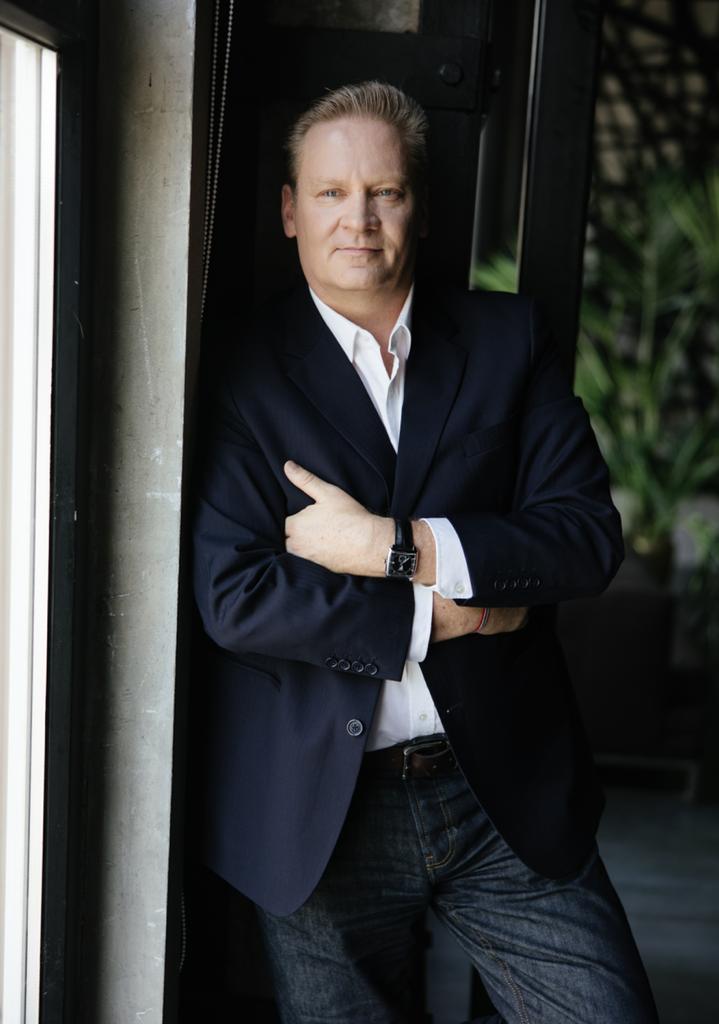



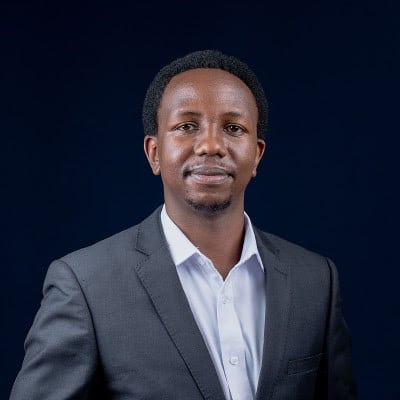



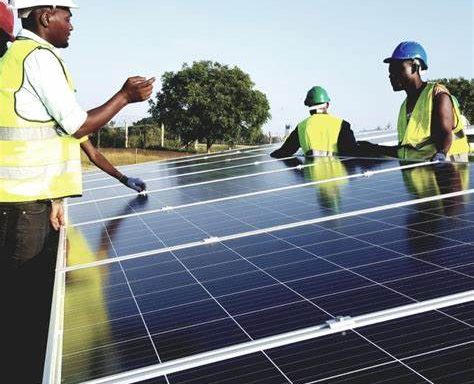




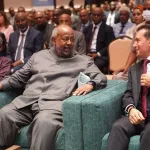
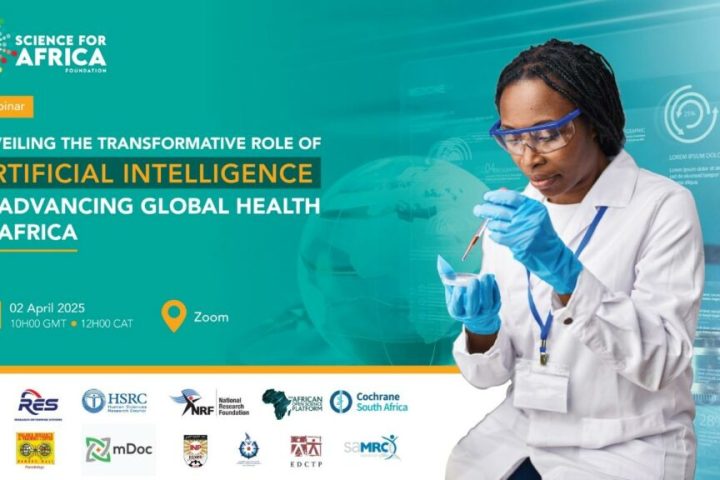
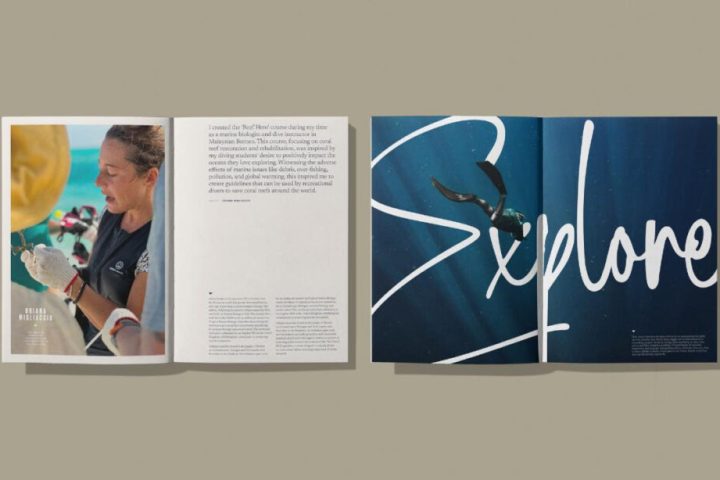
Follow Us